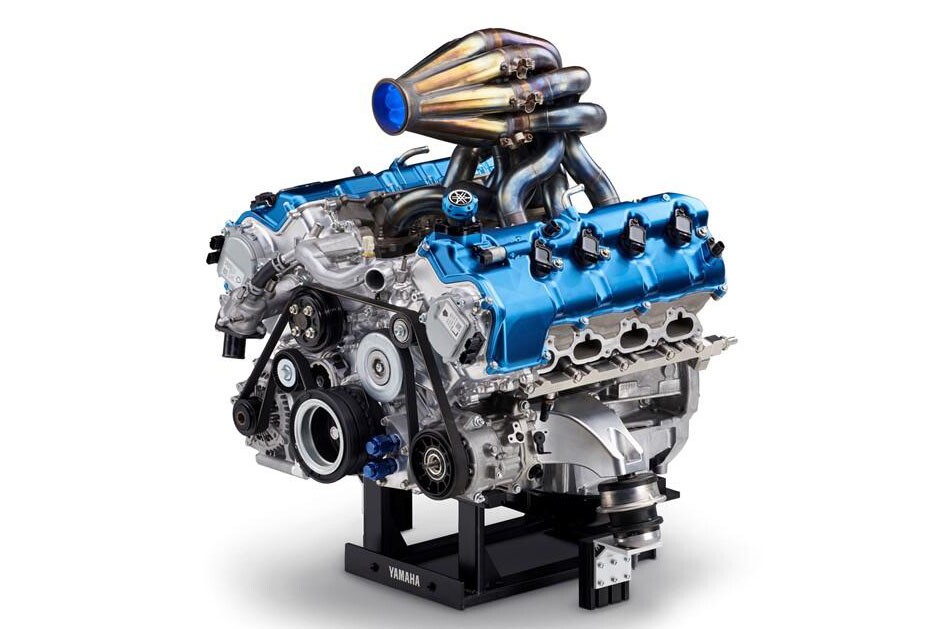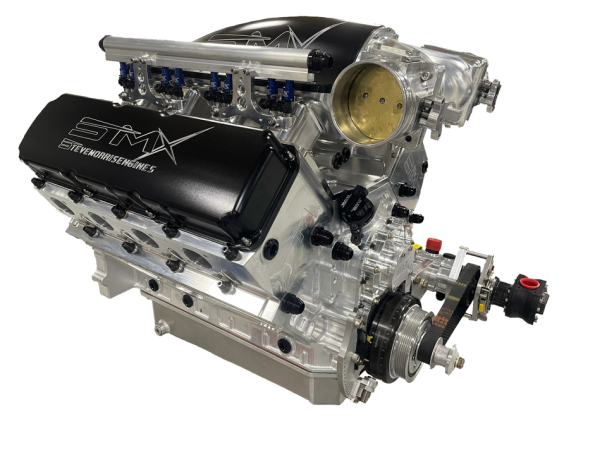The Mission for Ultimate Driving Power: Exploring the Pinnacle of Engine Efficiency and Technological Developments in the Automotive Market
In the world of automotive engineering, the quest of maximum driving power has been a relentless quest that has unfolded via the evolution of engine style and the assimilation of sophisticated innovations. From the meticulous craftsmanship of burning engines to the fast developments in electrical propulsion systems, the auto market stands at the cusp of a new age defined by unmatched performance capabilities. As designers and scientists dive much deeper right into the worlds of computational fluid characteristics and explore innovative fuel technologies, the perspective of opportunities increases greatly. Stay tuned as we unwind the elaborate tapestry of technical advancements that are shaping the future of auto power and performance.
Development of Engine Layout

Additionally, the combination of turbocharging and turbo charging modern technologies has actually transformed engine layout by increasing power without considerably raising engine size. These forced induction systems press the intake air, enabling even more gas to be combusted, therefore creating better power outcome from a smaller engine. This development has actually been specifically essential in improving the performance of smaller sized displacement engines while maintaining fuel efficiency standards.

Performance-Enhancing Gas Technologies
The application of innovative fuel technologies has substantially contributed to improving engine efficiency in modern-day lorries. From conventional gas and diesel to innovative biofuels, synthetic fuels, and hydrogen, the automobile market is experiencing a change in fuel choices. Biofuels, originated from eco-friendly resources like corn, algae, or sugarcane, deal decreased emissions and improved engine efficiency. Artificial fuels, produced with chemical processes, provide high octane rankings, improving power output. Hydrogen fuel cells, although still in the early stages of fostering, reveal excellent promise as a result of their zero-emission nature and capacity for high efficiency. Furthermore, fuel additives and detergents are being formulated to clean engine parts, enhance burning, and minimize friction, therefore boosting general lorry performance. With ongoing r & d, the quest for the supreme driving power proceeds, as designers strive to open the full capacity of performance-enhancing gas technologies in the automobile sector.
Advancements in Electric Propulsion
Considerable strides in electrical propulsion innovation have actually reinvented the vehicle market, leading the way for a new age of efficient and lasting transportation. Electric lorries (EVs) are getting appeal because of their environmental advantages and innovations in battery modern technology, making it possible for longer driving arrays and much shorter billing times. Suppliers are investing greatly in research study and advancement to improve the efficiency of electrical propulsion systems, concentrating on enhancing power output, boosting energy effectiveness, and lowering general weight.
One noteworthy development in electrical propulsion is the advancement of advanced electric motors that provide greater torque and power thickness, leading to enhanced velocity and general driving performance. Additionally, regenerative stopping systems have actually been fine-tuned to record and keep energy throughout slowdown, additional boosting the effectiveness of EVs.
Furthermore, the integration of wise modern technologies, such as expert system and predictive analytics, is enhancing the monitoring of electric propulsion systems, guaranteeing optimum performance under different driving conditions. These improvements in electrical propulsion are improving the auto landscape, driving the market in the direction of a much more lasting and electrified future.
Effect of Computational Fluid Characteristics
With advancements in electrical propulsion pushing the borders of automobile modern technology, the assimilation of Computational Fluid Characteristics is playing a pivotal role in optimizing aerodynamic performance and improving total effectiveness in automobile layout. Computational Liquid Dynamics (CFD) includes the use of computer system simulations to evaluate the flow of air around a vehicle, allowing engineers to anticipate exactly how layout modifications will certainly affect aerodynamics without the requirement for pricey physical prototypes. By precisely modeling airflow patterns, CFD enables the refinement of car shapes to lower drag, improve cooling, and improve security.
One key advantage of making use of CFD in lorry style is the ability to repeat swiftly, checking out countless design variants to recognize one of the most aerodynamically reliable solutions. This iterative process causes vehicles that are not only sleeker and extra aesthetically attractive however additionally much more eco pleasant and fuel-efficient. CFD allows designers to maximize air movement around parts such as radiators, engine bays, and wheel go to this website wells, adding to boosted efficiency and total driving experience. To conclude, the assimilation of Computational Liquid Characteristics stands for a significant progression in the quest for supreme driving power and efficiency in the automotive industry.
Future Trends in Engine Development
In the dynamic landscape of auto design, cutting-edge advancements are shaping the future trajectory of engine advancement. The future of engine layout is marked by a solid focus on sustainability, effectiveness, and efficiency. Makers are significantly concentrating on creating engines that not only deliver high power results yet also prioritize ecological responsibility by improving and decreasing emissions fuel effectiveness.
One famous trend in engine technology is the increase of electrification. Hybrid and electric powertrains are gaining grip as sensible choices to standard combustion engines. These modern technologies use the capacity for considerable reductions in carbon emissions and raised energy performance, aligning with worldwide initiatives to fight climate modification.
Furthermore, developments in materials scientific research and manufacturing methods are allowing the production of lighter and much more durable engine components. This change in the direction of lightweight materials such as carbon fiber and light weight aluminum alloys adds to boosted performance and fuel economy.
Verdict
Finally, the pursuit of ultimate driving power in the auto market proceeds to drive improvements in engine design, gas modern technologies, electrical propulsion, and computational fluid characteristics. The development of these technologies is shaping the future of engine technology, leading the way for much more powerful and efficient cars (engines for africa). As the industry proceeds to press the boundaries of what is possible, we can expect to see even much more revolutionary developments in the pursuit for peak efficiency
One of the vital milestones in engine layout evolution is the transition from traditional carbureted engines to contemporary fuel-injected systems. By specifically metering the gas delivery to each cyndrical tube, fuel-injected engines maximize combustion, special info resulting in far better performance and decreased ecological impact.
Moreover, the assimilation of turbocharging and turbo charging innovations has actually reinvented engine style by increasing power without significantly increasing engine size (engines for africa).The application of advanced gas innovations has dramatically added to boosting engine efficiency in modern lorries. In addition, fuel additives and detergents are being created to clean engine components, optimize burning, and find lower friction, thus enhancing overall car performance
Comments on “Engines for Africa: Your Ultimate Vehicle Parts Shop for High Quality Car Elements”